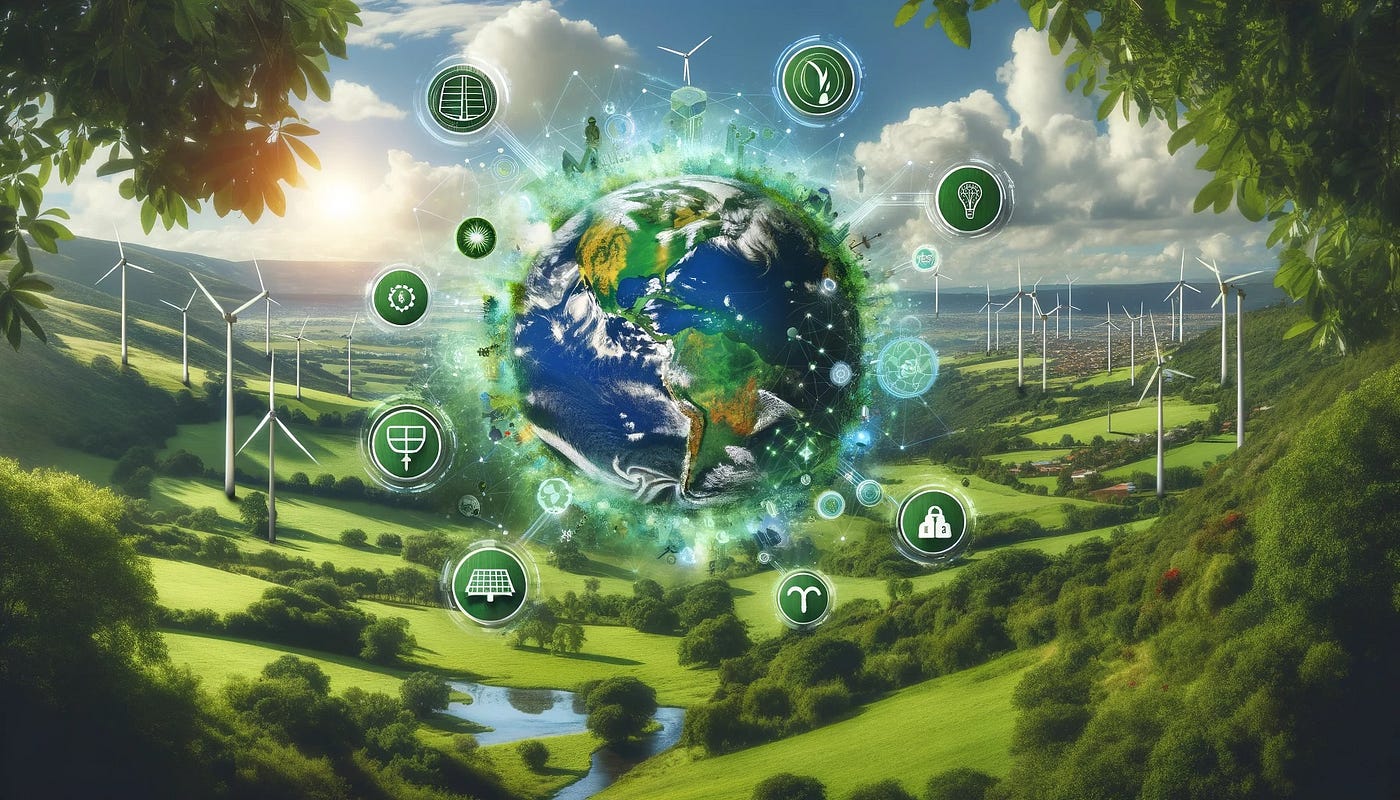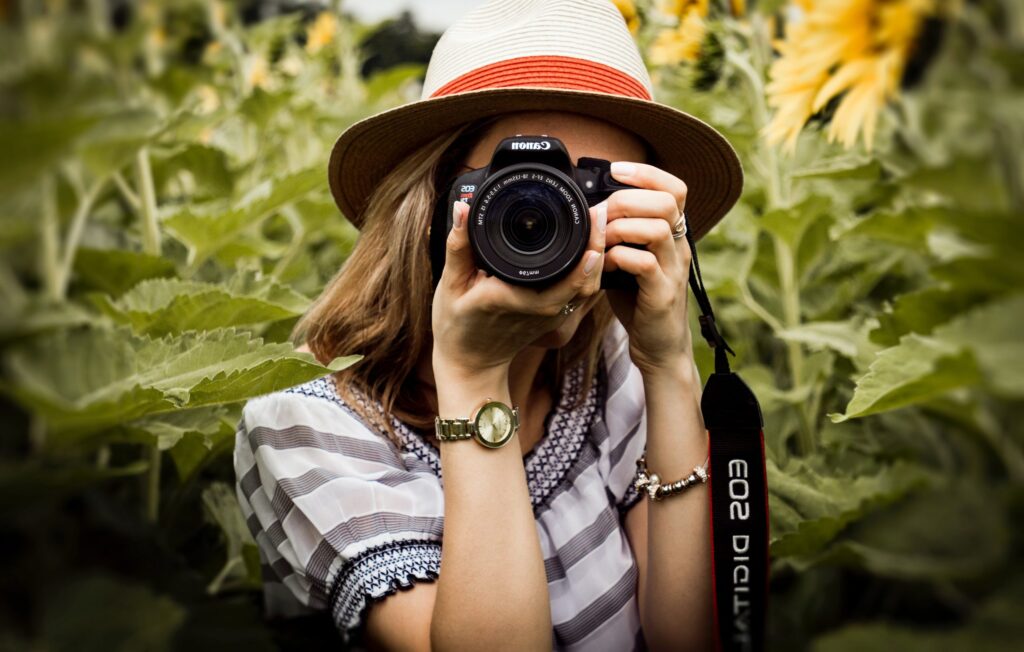Eco-Friendly Photography Practices for 2024
In 2024, the push for sustainability has reached every corner of our lives, including the world of photography. Eco-friendly photography is more than just a buzzword—it’s a vital movement aimed at reducing the environmental impact of capturing stunning images. From using sustainable materials to minimizing waste, photographers are embracing practices that protect our planet while still delivering breathtaking visuals. Let’s dive into the coolest eco-friendly photography trends and techniques you can adopt this year to make a positive impact.

1. Sustainable Photography Gear
Gone are the days when choosing photography gear was just about specifications and brand names. In 2024, sustainability is a top priority. Photographers are opting for eco-friendly cameras and accessories made from recycled or sustainably sourced materials. Brands are now offering gear that features energy-efficient designs and long-lasting components to reduce electronic waste. Choosing products with a lower carbon footprint not only supports green practices but also often results in higher-quality, more durable equipment.
2. Digital-First Approach
The digital revolution has already transformed how we capture and share images, but it’s also driving eco-friendly practices in photography. In 2024, a digital-first approach is crucial—emphasizing online portfolios, digital proofs, and virtual galleries instead of physical prints. This shift helps minimize paper waste and reduces the environmental impact associated with shipping and packaging. Embrace digital tools and platforms to showcase your work and engage with clients while keeping your carbon footprint in check.
3. Eco-Friendly Printing Options
When physical prints are necessary, eco-friendly printing options are making waves in 2024. Photographers are turning to printing companies that use recycled paper, non-toxic inks, and sustainable processes. Some companies are also offering plantable prints embedded with wildflower seeds, allowing clients to plant the prints and grow beautiful flowers. These innovations not only provide stunning prints but also contribute to environmental conservation.
4. Green Photography Studios
Creating an eco-friendly studio space is a fantastic way to incorporate sustainability into your workflow. In 2024, green studios are featuring energy-efficient lighting, eco-friendly paints, and recycled furnishings. Solar-powered studios are also becoming more common, allowing photographers to reduce their reliance on non-renewable energy sources. By making your studio eco-friendly, you set a positive example and contribute to a greener industry.
5. Sustainable Props and Backdrops
Using sustainable props and backdrops is an essential part of eco-friendly photography. In 2024, photographers are opting for reusable, upcycled, or biodegradable materials for their sets. Think vintage furniture, fabric backdrops made from organic cotton, or props sourced from local artisans who prioritize sustainable practices. This not only reduces waste but also adds a unique touch to your creative setups.
6. Energy-Efficient Editing
Editing is a crucial part of the photographic process, but it doesn’t have to come with a hefty environmental cost. In 2024, energy-efficient editing practices are gaining traction. Photographers are using software that optimizes energy consumption and investing in energy-efficient computers and monitors. Additionally, cloud storage services are choosing green data centers powered by renewable energy, reducing the environmental impact of storing and sharing your work.
7. Eco-Friendly Travel Practices
Traveling for shoots can significantly impact the environment, but there are ways to minimize your carbon footprint. In 2024, eco-friendly travel practices include using public transportation, carpooling, or even cycling to locations. When flying is necessary, offsetting your carbon emissions through verified programs can help mitigate your environmental impact. Combining these practices with local shooting locations can further reduce your overall travel footprint.
8. Digital Backups and Archiving
Proper archiving is crucial for preserving your work, but traditional methods often involve physical media that contribute to waste. In 2024, digital backups and cloud-based archiving are the way to go. These solutions eliminate the need for physical storage devices and ensure that your images are safely stored in an eco-friendly manner. Additionally, regularly updating and maintaining your digital archives helps prevent data loss and reduces the need for unnecessary re-shoots.
9. Community and Client Education
Educating your clients and community about eco-friendly photography practices can amplify your impact. In 2024, photographers are using their platforms to raise awareness about sustainability in the industry. Share tips on reducing environmental impact, promote eco-friendly printing options, and encourage clients to make green choices. By fostering a culture of sustainability, you help drive broader change and inspire others to adopt eco-friendly practices.
10. Ethical Wildlife Photography
For those specializing in wildlife photography, ethical practices are essential for protecting the environment and animal habitats. In 2024, photographers are focusing on minimizing their impact on wildlife and natural habitats by adhering to strict ethical guidelines. This includes using long lenses to avoid disturbing animals, respecting natural behaviors, and supporting conservation efforts. Ethical wildlife photography ensures that your work contributes positively to environmental and animal welfare.
As eco-friendly practices become more integrated into every facet of photography, adopting these trends in 2024 allows you to contribute to a more sustainable future. By choosing green gear, reducing waste, and promoting awareness, you can capture stunning images while making a positive impact on the planet. Embrace these eco-friendly photography practices and lead the charge toward a greener, more responsible industry.


